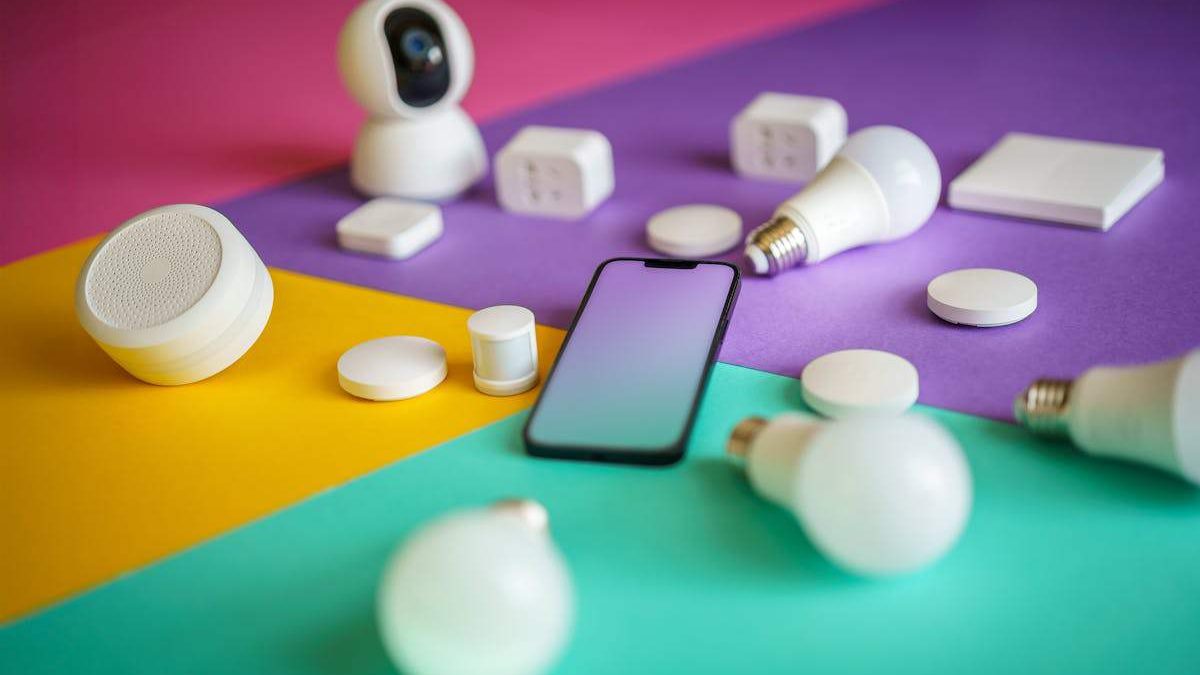This website explores the seamless blend of artificial intelligence and real-world application. Whether through connected home devices or immersive digital experiences like live casino gaming, platforms like this website reveal how real-time interaction and machine precision are becoming more influential in our day-to-day choices. As smart tech evolves, it’s not just enhancing convenience—it’s reshaping expectations.
Table of Contents
Overview: The Age of AI-Enhanced Everyday Devices
Smart technology has rapidly evolved beyond voice-controlled speakers and automated lighting. Modern gadgets now come equipped with learning algorithms, predictive capabilities, and context-aware responses, creating a truly interactive user experience. These devices don’t simply follow commands—they adapt, anticipate, and sometimes even surprise.
From refrigerators that recommend recipes to wearable devices monitoring stress patterns, the influence of machine learning and sensor fusion is becoming increasingly personal. Consumers are no longer asking “What can it do?” but rather “How well does it understand me?” This shift is changing the landscape of consumer electronics and pushing innovation in unexpected directions.
AI Meets Home: Smart Living Gets Smarter
Home automation is entering a new phase where artificial intelligence drives systems to make decisions rather than just respond to prompts. This generation of smart devices focuses less on novelty and more on utility, adapting in real time to user habits, schedules, and preferences.
Learning Habits and Adapting to Routines
Unlike earlier models that required manual programming, newer smart assistants analyze behavioral trends. A smart thermostat, for instance, will not only maintain a set temperature but also learn when you’re usually at home, optimizing energy usage accordingly. Similarly, intelligent lighting can adjust brightness and color based on time of day and user activity.
Smart home hubs can now:
- Recognize voice patterns and distinguish between users
- Create custom profiles for lighting, music, and security
- Integrate seamlessly with wearable devices for health monitoring
The end goal isn’t just convenience—it’s a more harmonious environment tailored to individual lifestyles.
Wearable Tech That Goes Beyond Fitness
Smartwatches and fitness bands were once focused purely on counting steps and calories. Now, they serve as portable health advisors. Thanks to advanced sensors and machine-learning algorithms, these devices can detect irregular heart rhythms, monitor sleep stages with surprising accuracy, and even identify early signs of anxiety.
Health Insights Powered by Real-Time Data
Health-focused wearables go beyond passive tracking by offering actionable insights. They provide alerts, daily summaries, and integration with medical apps that can share real-time metrics with healthcare professionals. The current wave of development includes:
- Blood oxygen level monitoring
- ECG readings directly from the wrist
- Guided meditation and stress recovery features
As privacy concerns grow, companies are also investing in encrypted data management to protect user information, ensuring that personal health stays personal.
AI-Driven Gadgets in the Entertainment Space
Entertainment gadgets are benefiting immensely from artificial intelligence, offering immersive and personalized content experiences. Smart TVs and gaming consoles now include predictive suggestions, adaptive graphics rendering, and voice-controlled interfaces to streamline engagement.
Customization Is the New Standard
Whether binge-watching a new series or diving into a virtual reality simulation, users expect the technology to adapt on the fly. Streaming platforms are using AI to analyze viewing habits and curate playlists that evolve based on mood, genre, and even time of day.
Key entertainment-focused innovations include:
- Smart speakers adjusting sound profiles to room acoustics
- Augmented reality headsets enhancing gameplay and training
- Game controllers that respond to biometric input for dynamic interaction
The focus is shifting from passive consumption to deeply personal and context-aware interaction.
Challenges Ahead: Privacy, Ethics, and Overdependence
As AI continues to power more consumer gadgets, questions around ethics, data ownership, and dependency are emerging. Balancing convenience with responsibility will define how widely this technology is embraced over time.
Addressing the Concerns
While smart devices enhance quality of life, they also collect large volumes of data. Responsible development involves ensuring transparency and giving users control over what is collected, stored, and shared. Consumers should be equipped with:
- Clear terms of data usage and retention
- Regular security updates and privacy settings
- Options to disable or restrict tracking features
Regulatory frameworks are beginning to catch up, but developers must lead with intention and integrity to maintain user trust.
Looking Forward: Smarter, Safer, More Human
Artificial intelligence is making gadgets more intuitive, but the true breakthrough lies in human-centric design. As developers refine these devices, the focus is shifting from raw capability to emotional intelligence—creating products that feel more like collaborators than tools.
ComputerTechReviews.com will continue to spotlight these innovations, showcasing how emerging gadgets are not only getting smarter but also more thoughtful, integrated, and life-enhancing than ever before.

